#nabataean
Explore tagged Tumblr posts
Text



















Swiss explorer Johann Ludwig Burckhardt became the first modern European to lay eyes on the ancient Nabataean city of Petra on August 22, 1812.
#Tomb of the Roman Soldier#Johann Ludwig Burckhardt#22 August 1812#Petra#anniversary#Jordan#Middle East#Asia#archaeology#Nabataean#summer 2007#original photography#architecture#ruins#tourist attraction#landmark#landscape#desert#Al Kazneh#Khazne al-Firaun#travel#vacation#Siq#Palace Tomb#Garden Temple#Royal Tombs#Urn Tomb#ancient Nabataean city#Jordan history
7 notes
·
View notes
Text

native Nabataean woman in her mid 30s (56BCE)
Nabataean women seem to have had many legal rights. Inscriptions on tombs demonstrate the equality of property rights between man and woman and women's rights in matters of inheritance and also their ability to make decisions about their own property.[32] That set the Nabateans apart from the attitudes on a woman's role in society by their neighbors in the region.
#nabataean#woman#ai generated#ai photography#lovely breasts#long hair#portrait#leonardo ai#ancient history
5 notes
·
View notes
Text

Hegra, Saudi Arabia's first UNESCO World Heritage Site, features 111 ancient Nabataean tombs, blending Greek, Roman, and Egyptian influences. Once a key trading hub, its secrets continue to captivate explorers.
0 notes
Text

Tomb Filled With a Dozen skeletons Found Underneath the Treasury in Jordan
At the heart of the ancient city of Petra, Jordan, carved into pink sandstone cliffs, lies an elaborate monument known as the Khaznah, or the Treasury.
And buried beneath that edifice, archaeologists recently discovered, is a tomb with at least 12 human skeletons and artifacts that are estimated to be at least 2,000 years old.
Archaeologists led by Dr. Pearce Paul Creasman, executive director of the American Center of Research, unearthed the ancient tomb. The expedition was studying the Treasury after years of speculation that two tombs found below the left side of the monument in 2003 weren’t the only secret underground chambers. But that theory had not been confirmed — until now.
Creasman and his team performed ground-penetrating radar — a remote sensing technique that uses radar pulses to detect underground objects — earlier this year to see whether the physical features on the left, where the original tombs were found, matched those on the right. The detections revealed strong similarities among the two sides, and it was the proof they needed to receive permission from the Jordanian government to dig beneath the Treasury.


At this point, Creasman contacted Josh Gates, host of Discovery Channel’s “Expedition Unknown.” “I think we’ve got something,” Creasman said he told the explorer over the phone.
With a film crew, the team excavated the newly uncovered tomb in August. But the real surprise was what lay within the tomb. While many tombs uncovered within Petra are found empty or disturbed, the chamber was filled with complete skeletal remains and grave goods made from bronze, iron and ceramic. The intact burial found beneath the Treasury provides rare insight into the lives of the , ancient Arabian nomads whose desert kingdom thrived during fourth century BC to AD 106, Creasman said.
“This is a hugely rare discovery — in the two centuries that Petra has been investigated by archaeologists, nothing like this has been found before,” Gates said. “Even in front of one of the most famous buildings in the world … there are still huge discoveries to be made.”
The significant finding may be the largest collection of human remains found in one place within Petra, according to researchers, and it was featured Wednesday on the season premiere of “Expedition Unknown.”


Exploring Petra, a world wonder
Petra was voted as one of the New Seven Wonders of the World in the 2000s for its unique architecture and the many mysteries that still surround the city. While experts have debated the Treasury’s purpose for centuries, the most popular theory is that the monument serves as a mausoleum, although no skeletal remains have been found within the building itself, Gates said.
The Treasury receives hundreds of thousands of tourists a year, and it has also been featured in several movies, most prominently as the site of the Holy Grail in the 1989 film “Indiana Jones and the Last Crusade.”
Among the artifacts were several vessels, with one skeleton found clutching a ceramic chalice that resembled the shape of the Holy Grail. “It really was this awesome moment of history imitating art,” Gates said.
The artifacts are extremely well-preserved, Creasman said. However, the human remains, while intact, are in more delicate shape than expected. Their condition may be a result of the humidity and seasonal floods in Petra as well as the porous sandstone surrounding the tomb that has entrapped moisture, he said. Some of the skeletons were found with mold.
Only a handful of tombs uncovered in Petra in the past several decades have been found with untouched burials, Creasman said. Grave disturbances were most likely due to travelers looking for shade and protection in the desert, he added.
The two tombs uncovered beneath the left side of the Treasury two decades ago by archaeologists from the Jordan Department of Antiquities had partial skeletal remains, but the data was not published, so it’s unclear how many individuals were found, Creasman said.
“We were hopeful to find anything that might tell us more about the ancient people and place — human remains can be a really valuable tool in that regard,” Creasman said. “The burials in this tomb are articulated, so the bones haven’t been rummaged around and moved, so that’s exceedingly rare.”

Rare insight into the ancient Nabataeans
One mystery that remains surrounding the Nabataeans are their burial practices. In literature, Nabataean society is often described as being more egalitarian, with the king more integrated with lower classes than leaders of other civilizations, Creasman said. So far, out of the Nabataean tombs found, there does not seem to be a huge difference between royal and regular burials, so it’s difficult to say whether the recently discovered tombs below the Treasury were designed for royalty.
The researchers also suspect that many of the textiles and jewelry that are usually found in Nabataean burials, such as cloth wrappings and necklaces and other beads adorning the bodies, were lost due to the humidity and floodwaters seeping into the tomb, Gates said.
As the researchers continue to study the skeletons, Creasman said they are hopeful more details will come to light about who the people were in life. Researchers would like to date the skeletons and artifacts as well as use extracted DNA to determine whether the dozen skeletons are related. Other analyses may be able to help assess their diets and unravel whether they had physical jobs, Creasman said.
“They must be hugely important people, because where they’re buried is such prime real estate; it really is the main entrance to the city,” Gates said. “I think learning who they are is really going to help unlock part of the story of the Treasury.”
By Taylor Nicioli.

#Tomb Filled With a Dozen skeletons Found Underneath the Treasury in Jordan#Petra Jordan#Josh Gates#Expedition Unknown#ancient grave#ancient tomb#ancient artifacts#archeology#archeolgst#history#history news#ancient history#ancient culture#ancient civilizations#Nabataeans#ancient Arabian nomads
44 notes
·
View notes
Text
Cool.
13 notes
·
View notes
Text
Coin of the Day #227 (12/17/2024)
Nabataean for today…


Nabataean Kingdom
AE18 - 3.20g
Aretas IV + Shaqilath 9 BC - 40 AD
Petra Mint
Obverse Jugate busts of Aretas IV and Shaqilath
Reverse Ruler names in Aramaic, crossed cornucopiae
#coin of the day#nabataeans#nabataean kingdom#aretas iv#shaqilath#petra#numismatics#coin#coins#ancient coins
2 notes
·
View notes
Text
Honestly the only thing Hanneman had to say to me was "Lore" and suddenly I was all over that old man.
#I wanna talk to him about crests.#I have so many questions.#If it's true that most people with crests tend to crave sweet food#does that mean anything significant?#Like does channeling the power of a crest use up certain nutrients in the body more than normal?#What does that mean for Edelgard and Lysithea? Could they have severe problems with vitamin deficiencies due to their two crests?#Sweet cravings could be indicative of multiple things-#Hanneman I wanna know#Not to mention the fact that Byleth doesn't seem to have that issue/preference since the player can pick either sweet or spicy food#their body seems to be very good at maintaining homeostasis for the most part#considering they can eat mountains of food and go days without it#is it because they're part Nabataean?#I mean; yes that is most likely the case#but does this apply to Rhea; Seteth; and Flayn too?#or is that just special protagonist stuff?#I need to know I need to know everything#-grabs fe3h by the collar and shakes it- GIVE ME YOUR WORLD BUILDING LORE#fe3h
6 notes
·
View notes
Text
Dushara and Zeus are twins cuz like LOOK AT EM.
#mythology memes#incorrect mythology#greek mythology#greek gods#zeus#zeus god#zeus greek mythology#ancient greek mythology#arabian mythology#pre-islamic arabian mythology#nabateans#nabataean mythology#zeus deity#dushara
5 notes
·
View notes
Text
Being Jewish in the Fire Emblem fandom kinda sucks
3 notes
·
View notes
Text
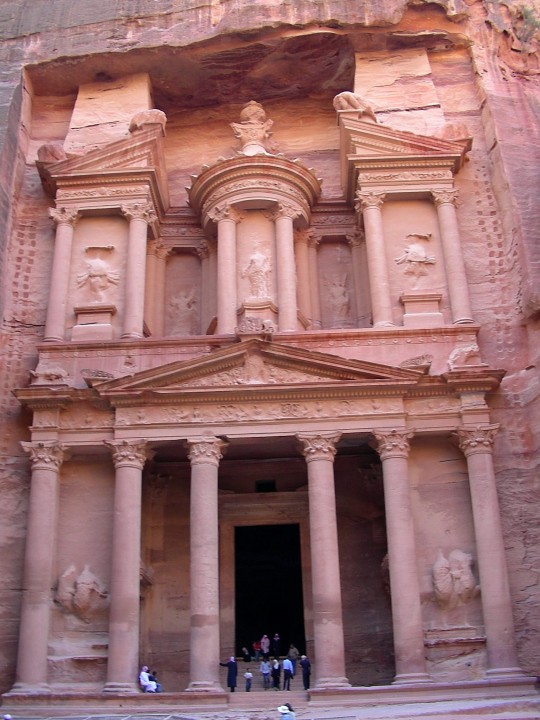
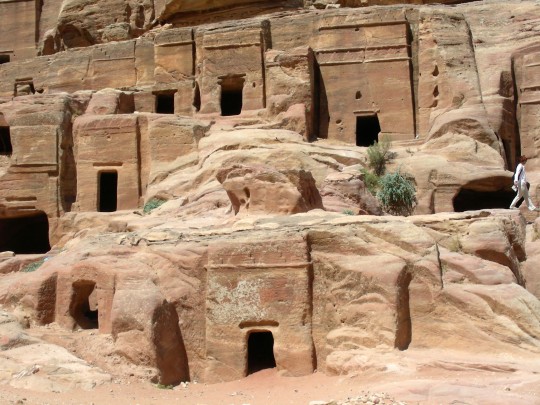
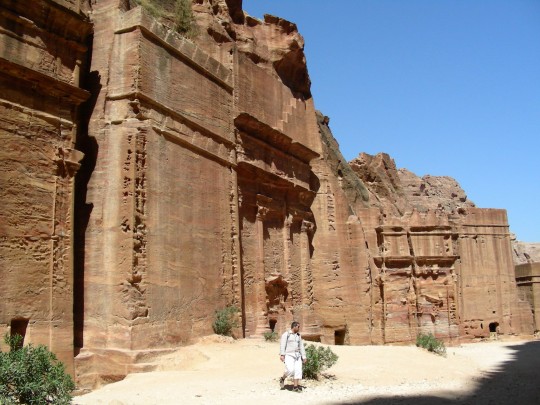
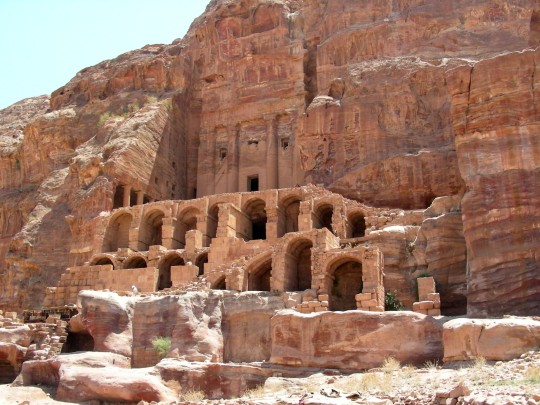

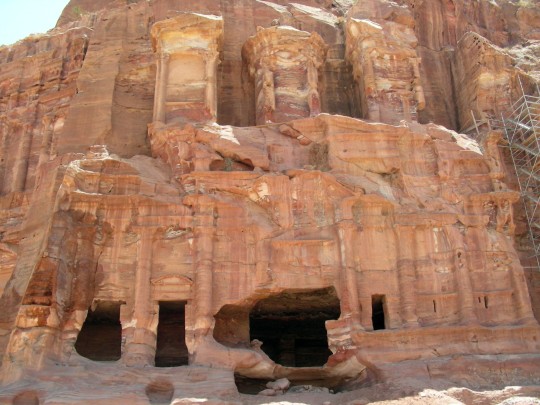
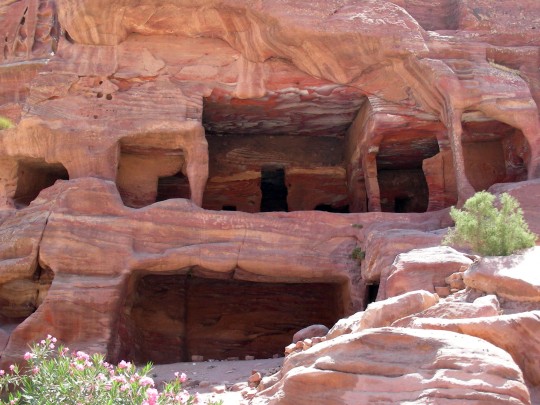
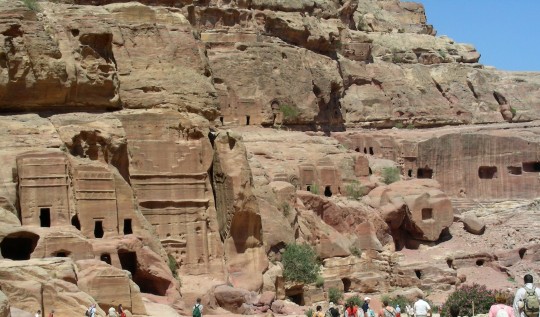

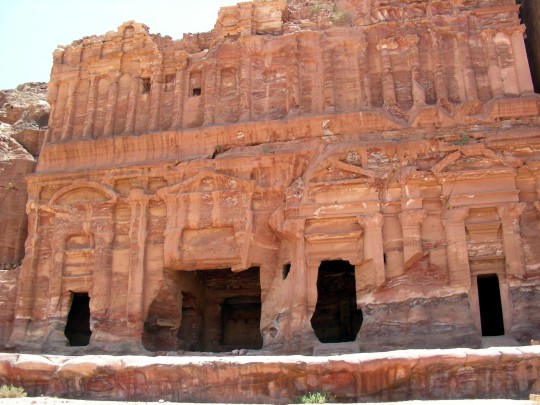
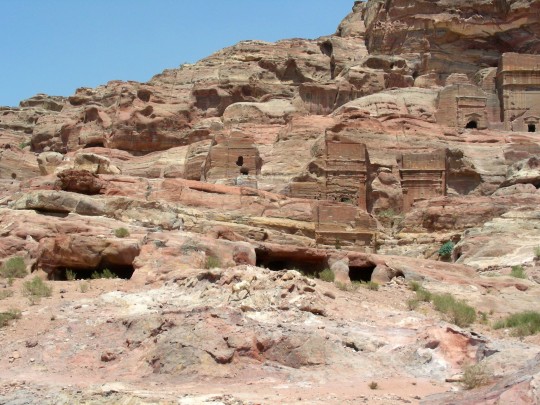
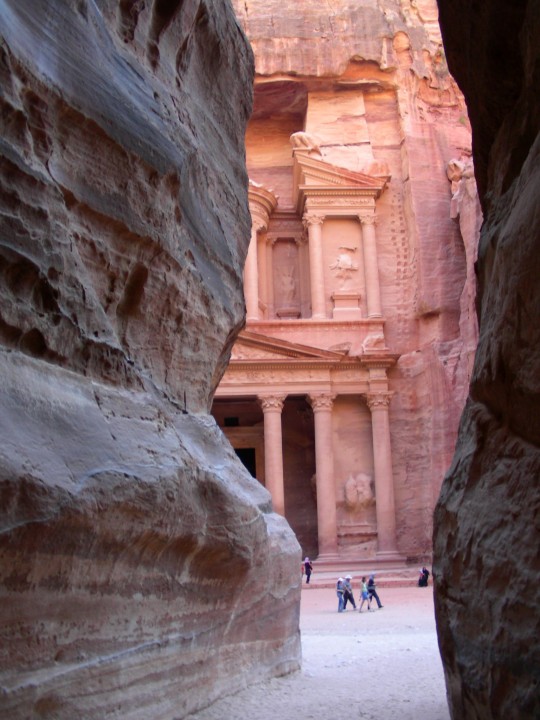



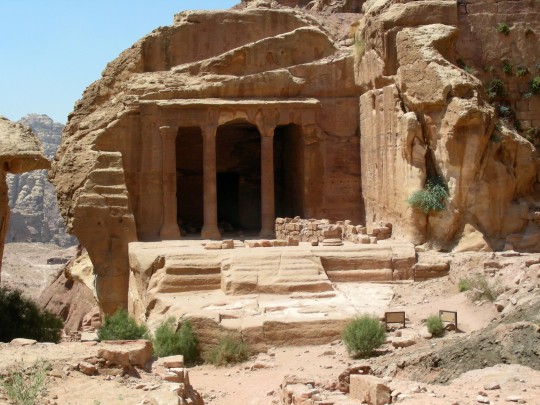
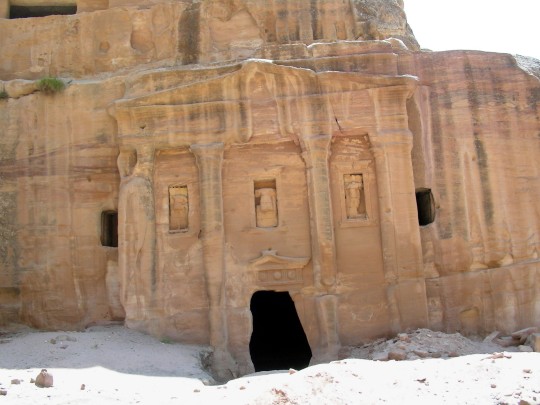
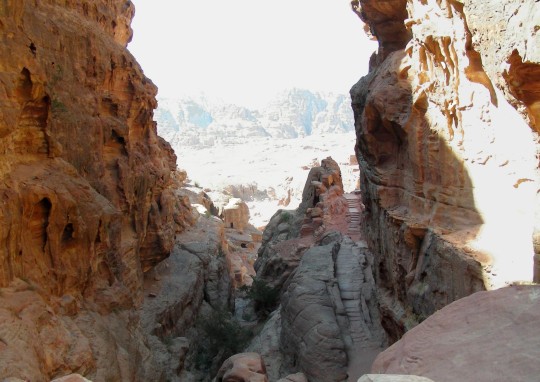
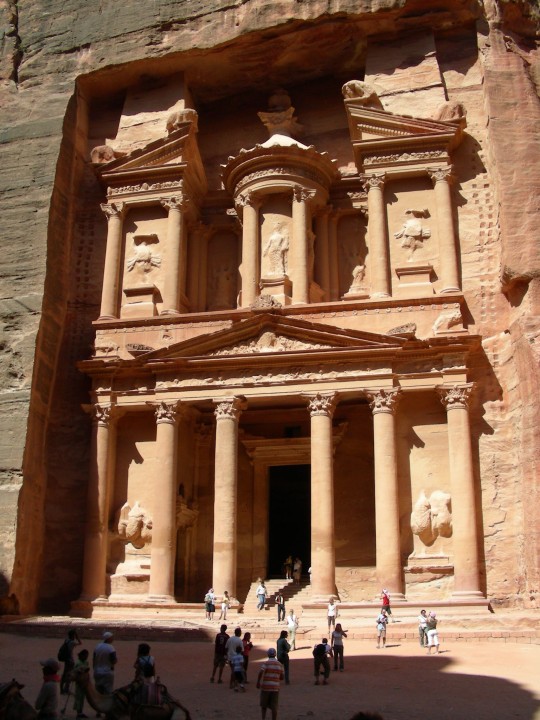
Swiss explorer Johann Ludwig Burckhardt became the first modern European to lay eyes on the ancient Nabataean city of Petra on August 22, 1812.
#Tomb of the Roman Soldier#Johann Ludwig Burckhardt#22 August 1812#Petra#anniversary#Jordan#Middle East#Asia#archaeology#Nabataean#summer 2007#original photography#architecture#ruins#tourist attraction#landmark#landscape#desert#Al Kazneh#Khazne al-Firaun#travel#vacation#Siq#Palace Tomb#Garden Temple#Royal Tombs#Urn Tomb#ancient Nabataean city#Jordan history
6 notes
·
View notes
Text

Hegra, or Mada’in Salih, is an archaeological site in Al-'Ula, Saudi Arabia, featuring 1st-century Nabataean Kingdom remains. It was the kingdom's second-largest city after Petra.
1 note
·
View note
Text
The camps were identified using satellite images. According to the research team, they may have been part of a previously undiscovered Roman military campaign linked to the Roman takeover of the Nabataean Kingdom in AD 106 CE, a civilisation centred on the world-famous city of Petra, located in Jordan.
0 notes
Text
The "Best Day"
We reflect on what was the Best Day on the last trip around the world! ... Spoiler Alert - It was in Jordan

View On WordPress
#Aaron#Aqaba#Arabia#desert#Global#Islam#Israel#Jordan#journey#Lawrence#Musa#Musi#Muslim#Nabataeans#Petra#port#rum#Travel#trip#trucks#Wadi
0 notes
Photo
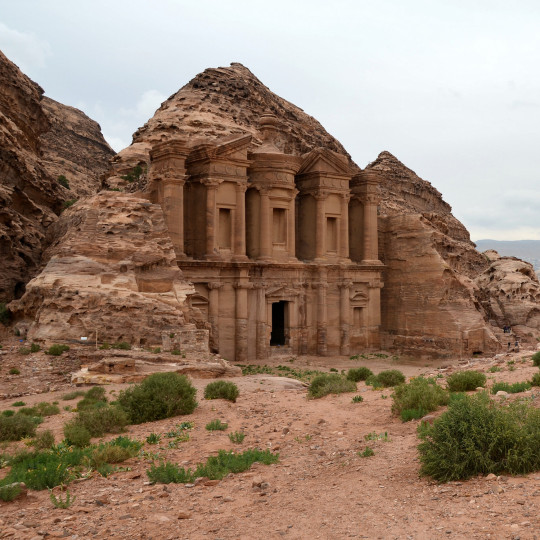
20 Images of Petra
This gallery showcases 20 photos of Petra (Jordan), the former capital of the Nabataean kingdom, which thrived as a trading centre from the 4th century BCE to the 3rd century CE.
Petra is an ancient city carved into a canyon by the Nabataeans, a tribe from Western Arabia skilled in trade and engineering. The ruins of Petra cover an area of 264 square kilometres and include sacred sculptures, monuments, and around 800 tombs, the most famous of which is known as the Treasury. The Treasury is believed to have been the mausoleum of Nabataean King Aretas III and dates back to the 1st century CE.
In 106 CE, the city of Petra was at its peak when the Roman emperor Trajan (r. 98-117 CE) annexed the Kingdom of Nabataea and transformed it into a Roman province named Arabia Petraea. The Romans adopted their city planning, and many new structures were built, including the Roman Soldier Tomb, the Sextius Florentinus Tomb, and the colonnaded street. Petra remained prosperous for over 250 years until the middle of the 4th century CE when an earthquake destroyed many of the city's buildings.
Petra remained hidden for centuries until its rediscovery in 1812. Today, it is Jordan's most renowned tourist attraction and continues to fascinate and inspire visitors from all over the world. It is known as the "Rose City" because of the colour of its stones, and it was designated as a UNESCO World Heritage Site in 1985. Its worldwide recognition was further amplified when it was declared one of the New Seven Wonders of the World in 2007.
Continue reading...
186 notes
·
View notes
Text

The magnificent 2,000-year-old Petra Theater carved into the mountainside, Jordan. The theater, which has a capacity of 8,500 spectators, was built by the Nabataean King IV. While it is dated to the Aretas period, the back wall of the stage was rebuilt during the Roman period.
219 notes
·
View notes
Text
Same culture built Petra.
18 notes
·
View notes